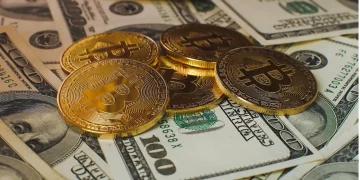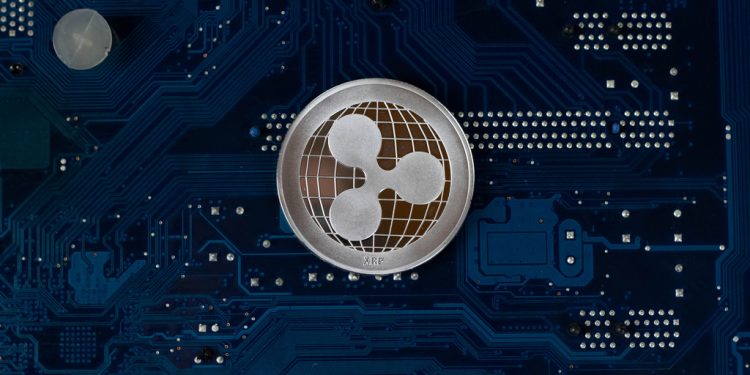Established in 2012, Ripple has been growing by leaps and bounds. The blockchain startup behind XRP token has found its adoption quite well among the financial and payment giants across the globe. Its native token stands a perfect bridge between the new age fintech decentralized organizations and the traditional centralized world. The high rate of adoption by reputable financial institutions has made XRP one of the world’s best cryptos.
During the Swell Conference last month, Ripple’s CEO Brad Garlinghouse unveiled xRapid. He said that there were three global payment processing companies that were already making commercial use of xRapid. This new technology employs Ripple’s native cryptocurrency XRP, using it as a bridge currency in cross-border payments. The three companies include: Catalyst Corporation, Cuallix, and MercuryFX. And just recently, Ripple has added another company Viamericas to its list of customers utilizing xRapid. Such announcement represents a real case of global adoption.
Viamericas
Viamericas is a licensed international payment processor for global money transfers, check processing and bill payments. The company now uses xRapid to enhance the speed of cross-border payments.
Paul Dwyer, CEO and co-creator of Viamericas, commented on the new partnership. He was very positive about the xRapid product. He said that he expects the product to play an essential role in the future of global money transfers. He said:
“We believe that digital assets like XRP will play a key role in the future of cross-border payments, helping to safely address some of the structural inefficiencies of legacy settlement infrastructure.”
There are several global payment processors that have trialed xRapid. They include MoneyGram and IDT. Even so, these firms are not utilizing the product at the moment. Asheera Birla, Ripple SVP of product, said Ripple is still working on the next step with some of these companies.
According to Viamericas, the company boasts a network of over 76,000 payout locations in China, Philippines, India and Latin America. It also has several agents in the United States.



























